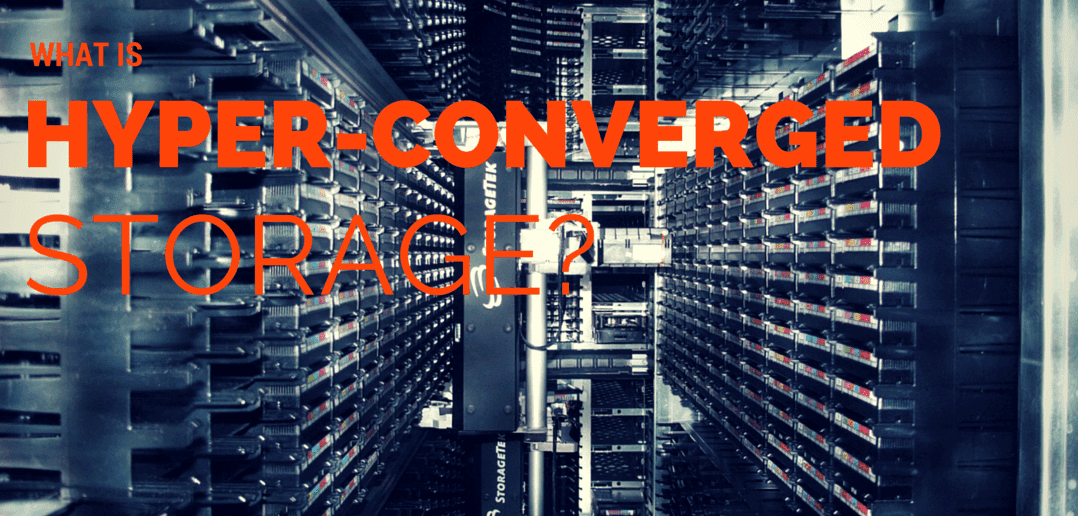4 Major Reasons Why VDI Doesn’t Appeal To Small and Medium Enterprises (SMEs)
4 Major Benefits of Desktop Virtualization
 Benefits of desktop virtualization- When people talk about the benefits of Virtual Desktop Infrastructure or VDI, it’s usually in the context of large enterprises. Seldom will you find case studies or testimonials featuring SMEs and VDI. But why is that? It appears that VDI doesn’t appeal as much to the SME market as it does with enterprises. Here are 4 reasons why.
Benefits of desktop virtualization- When people talk about the benefits of Virtual Desktop Infrastructure or VDI, it’s usually in the context of large enterprises. Seldom will you find case studies or testimonials featuring SMEs and VDI. But why is that? It appears that VDI doesn’t appeal as much to the SME market as it does with enterprises. Here are 4 reasons why.
1. Prohibitive upfront cost
The biggest obstacle to VDI adoption for SMEs is the initial upfront cost. The underlying infrastructure, especially storage, which usually comes in the form of storage area networks (SANs), can be cost-prohibitive. Add that to the combined cost of physical servers, hypervisors, networking, licensing, and virtual desktop publishing solutions, and a VDI investment becomes too expensive for most SMEs.
2. Number of users too few
Despite VDI’s colossal capital requirement, it eventually gives a good ROI once those virtual desktops get deployed to hundreds or thousands of end-users, which happens typically in large enterprises. Unfortunately, the number of users in SMEs don’t reach that high. According to this study, most VDI sizes in SME environments are usually only between 1 – 200 users. A lot of SMEs might even have only 10 – 15 users. Those numbers are certainly not enough to justify the capital requirement of traditional VDI solutions like VMWare and Citrix.
3. Lack of in-house expertise
Another big reason for the lack of interest in VDI among SMEs is that not only are traditional VDI solutions too expensive; they’re also challenging to install, configure, deploy, and maintain. Their level of complexity can only be addressed if you employ an IT team already highly skilled in those solutions. Otherwise, you would have to send your team for training or hire people who already have the required skill. Either option can, again, be quite expensive.
4. Total Cost of Ownership just too high
Once SMEs start calculating the upfront cost and other associated costs, including professional fees (or the cost of hiring new talent) to handle a potential VDI investment, they realize the TCO for VDI is just too high. Licensing costs alone could run up to tens or hundreds of thousands of dollars for an average-sized SME.
How Parallels RAS and Scale Computing is changing this narrative
Parallels RAS is a robust VDI delivery solution designed primarily for SMEs. Its affordable licensing packages, highly intuitive GUI, and ridiculously simple installation, configuration, and deployment processes sets it apart from other VDI solutions.
Scale Computing HC3, on the other hand, is a software-defined hyper-converged solution that Parallels RAS is designed to be deployed onto. HC3 brings together server, storage, and virtualization into a single appliance that allows VDI adopters to start (and invest) small and then scale out as needed.
Together, Parallels RAS and Scale Computing HC3 bring down the TCO of VDI and make it affordable and practical for SMEs.
References
TechFunnel | Benefits of Virtual Desktop Infrastructure (VDI)
Scale Computing | HC3 Virtualization Platform
SysGen | How VDI benefits your business
New Horizons | 4 Key Benefits of Desktop Virtualization
Computing | Is VDI viable for SMEs?
TechTarget | Top drivers behind desktop virtualization adoption

